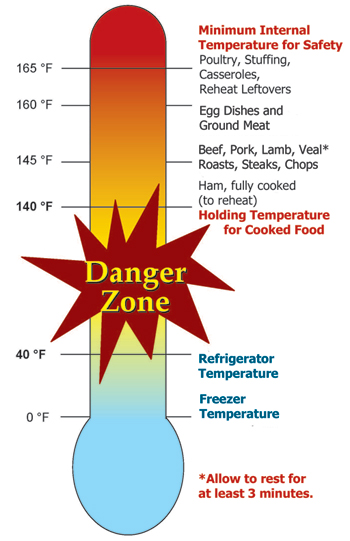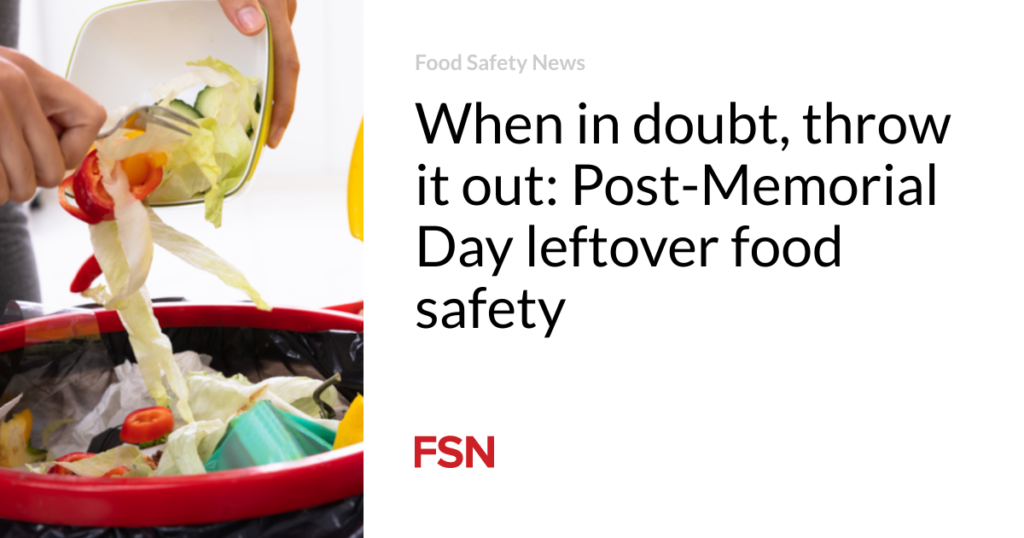Once Memorial Day celebrations are over, families are often left with some delicious leftovers. This is a big deal, but it's important to check if your leftovers are safe to eat. As a general rule, if in doubt, throw them out. Food left outside for too long can quickly become a breeding ground for bacteria and cause food poisoning.
Here are some tips to help you safely store your Memorial Day leftovers.
The 2-hour rule

One of the most important guidelines to follow is the two-hour rule. All fresh foods must be refrigerated within two hours of being removed from the oven or refrigerator. If the temperature outside is above 90 degrees Fahrenheit, this limit is reduced to one hour. After an hour or two, fresh foods enter the danger zone of 40 to 140 degrees Fahrenheit. In this temperature range, bacteria multiply rapidly and pose a serious food safety risk. If food has been left out for more than two hours, it's best to discard it to prevent food poisoning.
Use small, shallow containers
When storing leftover food, use small, shallow containers in the refrigerator or freezer. These containers cool faster than larger containers, giving bacteria less time to grow. Rapid cooling is essential to minimize the risk of bacterial contamination.
Store in refrigerator or consume within 4 days.
If you plan to store leftovers for a longer period, we recommend freezing them within 4 days. Freezing foods helps prevent the growth of most food-poisoning bacteria. However, the quality of frozen leftovers may deteriorate over time. For optimal taste and texture, consume frozen leftovers within 2-6 months. If reheating, allow the internal temperature to reach 165°F to eliminate any potential bacteria.
Proper Reheating Guidelines
Proper reheating is essential to keeping food safe. If using a microwave, cover and rotate foods to ensure even heating. Arrange foods evenly in a microwave-safe glass or ceramic dish with a lid, adding liquid if necessary. Because microwaves have cold spots, use a food thermometer to check the internal temperature of food in multiple places after resting.
Boil sauces, soups and gravies until they reach a safe temperature throughout. Don't use a slow cooker to warm up leftovers, as they don't heat food evenly or quickly enough to be safe. Instead, opt for reheating on the stove, in the microwave or in the oven, and make sure foods reach the recommended internal temperature of 165°F.
resource
By following these guidelines for proper food storage, reheating, and cooking, you can ensure the safety of your Memorial Day leftovers and protect yourself and your loved ones from potential foodborne illnesses. For more specific information on the shelf life of different foods, see this handy table from the FDA.
Cooking safely and practicing proper storage techniques are important steps to ensure a delicious and safe post-Memorial Day feast. Remember, when in doubt, throw it out. Your health and safety are far more valuable than leftover food.
(Click here to sign up for a free subscription to Food Safety News.)



